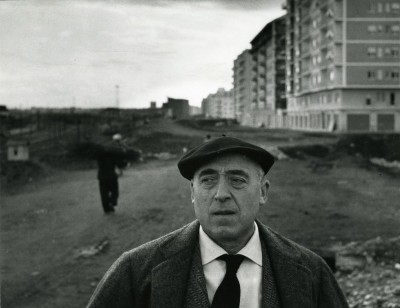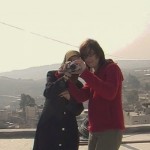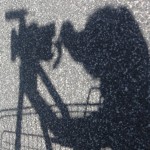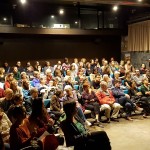THE ORIGINS
From the beginning about twenty individuals had understood that the road to take was not that of Hollywood, that the show started on the Lumière boulevards was the principle of evil. (…) Instead it was important to take possession of the medium at such a low cost to put it within reach of many, individuals, such as paper, ink, colors, to introduce in the film houses and lenses, like the sewing machine.
As written by Cesare Zavattini in the mid-60s, foretelling – and already practicing in his free newsreels – a type of cinema capable of sprouting away from the world of large producers, popular in the production process even before the content, made “by many for many “: a form of expression and creative freedom suddenly made possible by relatively cheap production tools like the 8mm cameras were then. In the fifty years that have passed since those first experiments of popular cinema, there are many examples of post-zavattiniani journeys that have gone through the official worlds of cinema but not only.
In the galaxy of post-zavattinian experiments, there are those like us of ZaLab, who have chosen the name in homage to our teacher (Za da Zavattini, Lab from laboratories), has dedicated his research to experimentation in the context of a process social video production “free”. A really new cinema, television, and web diffusion, that arises from the participatory process of collecting and processing collective micro-stories of the newspaper by unaccredited eyes, what is called “Participatory Video”.
A Participatory video is a shared audiovisual production practice. As a type of social action recognized by UNESCO, it offers instruments of expression to marginalized groups and normally excluded from the mass media.
It is carried out through informal training workshops, which focus both on the social transformation process and on the audiovisual product.
The participatory video for ZaLab is the workshop of ideas. The laboratories are aimed at those who live in the margins of society, but for this reason can offer a completely new look at reality. These people become protagonists of our stories, which can be limited to the experience of the laboratory, or become part of a more complex process and become subjects of our documentary films.
Each participatory video workshop is a unique and unrepeatable experience, and here starts the difficulty in cataloging different “types”. An important yardstick is the aim of the laboratory, which can oscillate between greater attention to the process (mainly social purpose) or to the product (mainly the purpose of audiovisual production). [Read more…]
The group is the supporting soul of a participatory video workshop.
The individual glances of the participants come together within the group, which through a process of research, listening, selection, staging, realization, become the author of the stories told. The group allows a feedback circuit at a horizontal level, in which there is no one who judges and who is judged, but all are freely led to identify themselves in the lived experience. [Read more…]
When it comes to tales of real life, an asymmetrical relationship of power is established between those who recover and those who have recovered. Even apart from the malevolent manipulations, those who resume have the power to rewrite the life story of those who have resumed. [Read more…]
Depending on the age of the participants, their degree of “media literacy” and familiarity with the audiovisual technique and the duration of the workshop, we can accomodate different degrees of group involvement in the laboratory. [Read more…]
If the group is an essential element in the constitution of a participatory video laboratory, it is based on a reference community. For this reason, a fundamental phase at the end of the workshops is that of the public screening of the films that have been made. [Reed more…]
